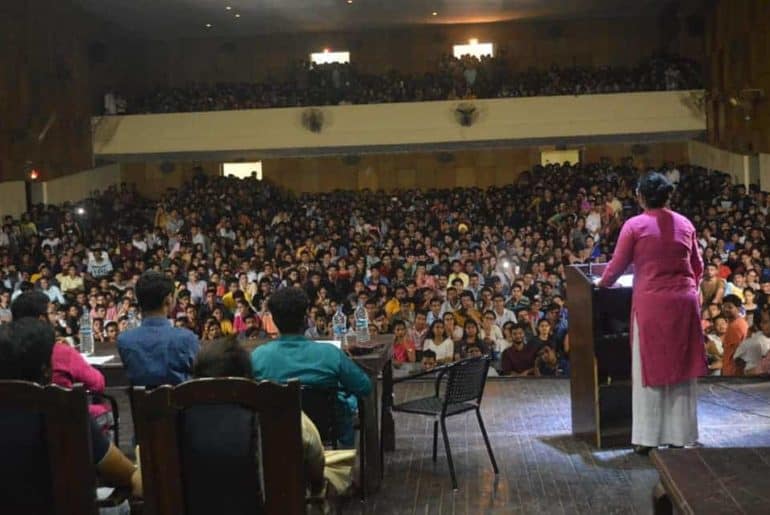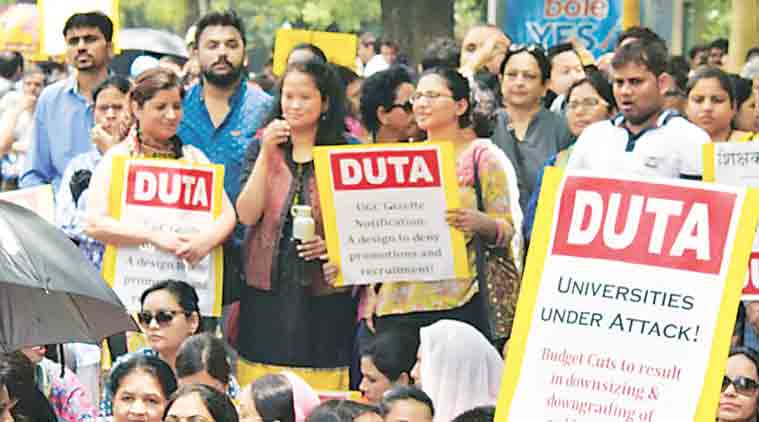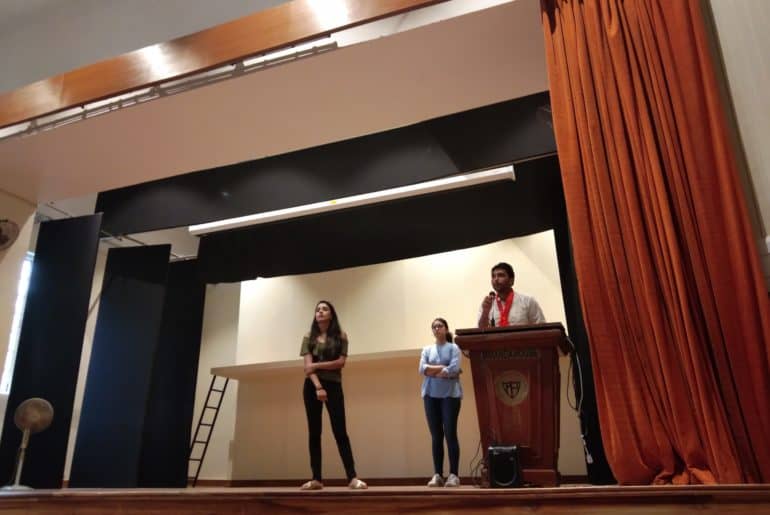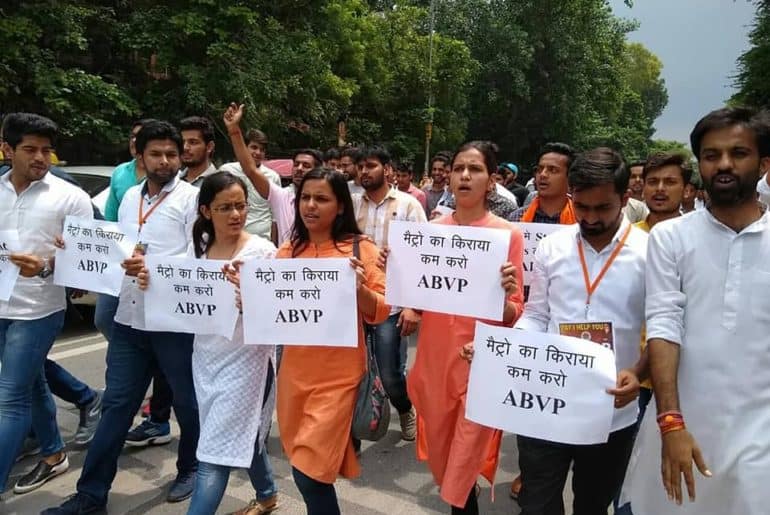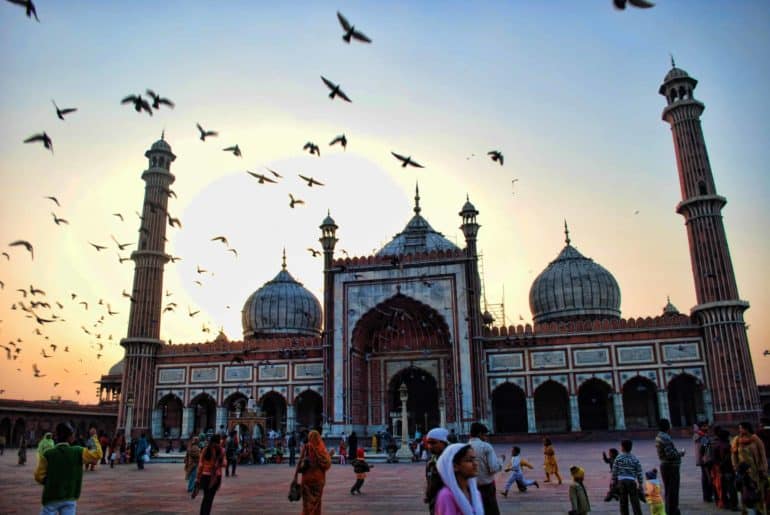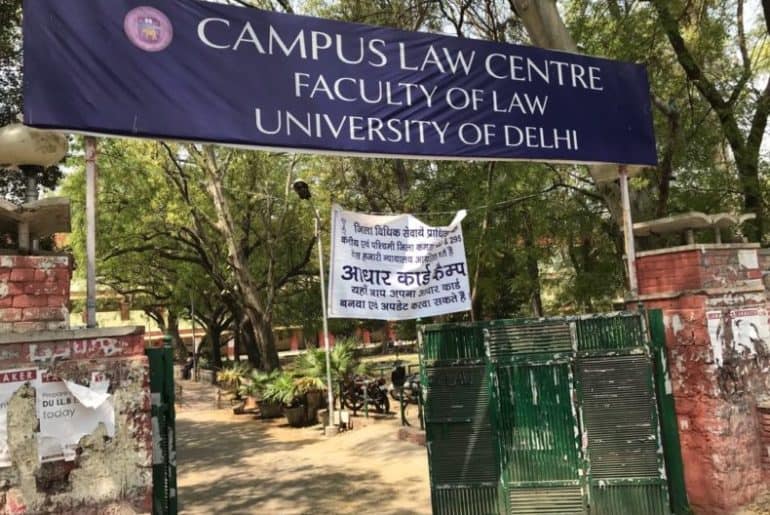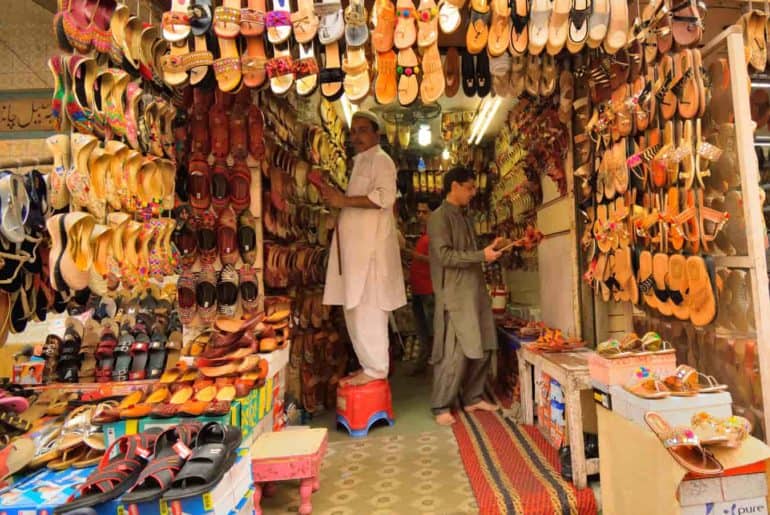For a long time, Hindu College has had the distinction of having its own Parliament, a rare feature in any DU college. So, as the campus gets awakened in the wake of the DUSU elections, Hindu College becomes a political world in its own.
On the eve of the college Students’ Union elections, a major event that takes place in Hindu College is the Annual PM debate. This year, the same took place on the 10th of September 2018. Apart from fiery speeches and questioning, it also felt like a session when the democratic audience of the Hindu College auditorium got to know their candidates in a better manner. There were obviously a few hoots, cheers and naarebaazi. But this year’s edition was pretty different in the sense that there were five contestants for the PM’s chair (one of them being a woman leader which, again, is a rare phenomenon in the Parliament). Each one was from a different course with different aspirations and agendas. After the clock struck twelve, the auditorium started to get jam-packed. Members of the ‘Symposium’, the society involved in hosting this mega event, were trying their best to handle the unruly crowd, cheering for their candidate and finding the spots where the other members of their society were seated. The energy and the whole aura of the setting felt as if a music concert is about to start.
After a few minutes, all the five candidates got up on the stage, each one displaying a mix of confidence and confusion on their faces, their notes clutched tightly in their hands. Round one witnessed each leader presenting his or her vision, his or her arguments, and his or her expectations. Ananya Bhardwaj started out by explaining how the politics in the college has hardly been inclusive for women and the debates and discussions are mostly “concentrated within the boys’ hostel”. She questioned, “If the women of the institution don’t get an adequate space to voice their opinion, then how is this parliament democratic?”
Next in line was Divit Yadav who again highlighted how he too wants to promote gender equality and at the same time, would want to improve the infrastructure of the college. He also mentioned how he and his supporters had successfully conducted ‘Mecca’, the college fest which was hailed as ‘the big daddy of college fests’ in several publications of Delhi. The ‘Mecca achievement’ was again highlighted by the third candidate, Naveen Kumar. He added how he had been disillusioned with the ruling panel of the Parliament the year before and this led to the creation of his own front ‘Team Naveen’. Kumar also took an indirect jab at a few other instigators in the student politics when he said he does not believe in using surname or caste to attract votes. Infrastructure and student welfare issues were also elaborated by Shreyas Mishra. His speech might have sounded dull but it was factually correct and straight to the point. His agenda included strengthening the Wi-Fi signals, setting up a lunch break for the convenience of science students, introducing more books in Braille and so on. The last speech was by Vivek Reddy who seemed very timid and calm while he was seated. But as soon as he got to the podium, he took control of the stage. His was a speech driven by a lot of aggression as he yelled out his thoughts on how the parliament needs to be more equivalent in nature and accommodate people of all social and economic backgrounds. Even though this was mentioned by other candidates too, Reddy’s passion truly seemed unique and personal.
What followed was a session when the candidates could question each other and answer a few questions asked by the audience. In all these rounds of arguing, the main themes that were common to all were student welfare, representation for students of all backgrounds, and of course, ‘Mecca’. Some glorified how Mecca is ‘Hindu College ki Shaan’ (the glory of Hindu College) while a few others said that conducting the college fest is not the only responsibility of a PM and many other issues need to be given more attention.
Some points in the candidates’ agendas seemed like they are much needed to enhance Hindu College while some other points seemed like unrealistic electoral promises which will hardly be realised once the elections get over.
Who will win? Who will lose? The answer to that is totally dependent on the students who make Hindu College what it is. The answer will be revealed on the 12th of September.Till then, the students can ponder over yesterday’s debate and try making the right choice.
Feature Image Credits: Vivre
Shaurya Singh Thapa

